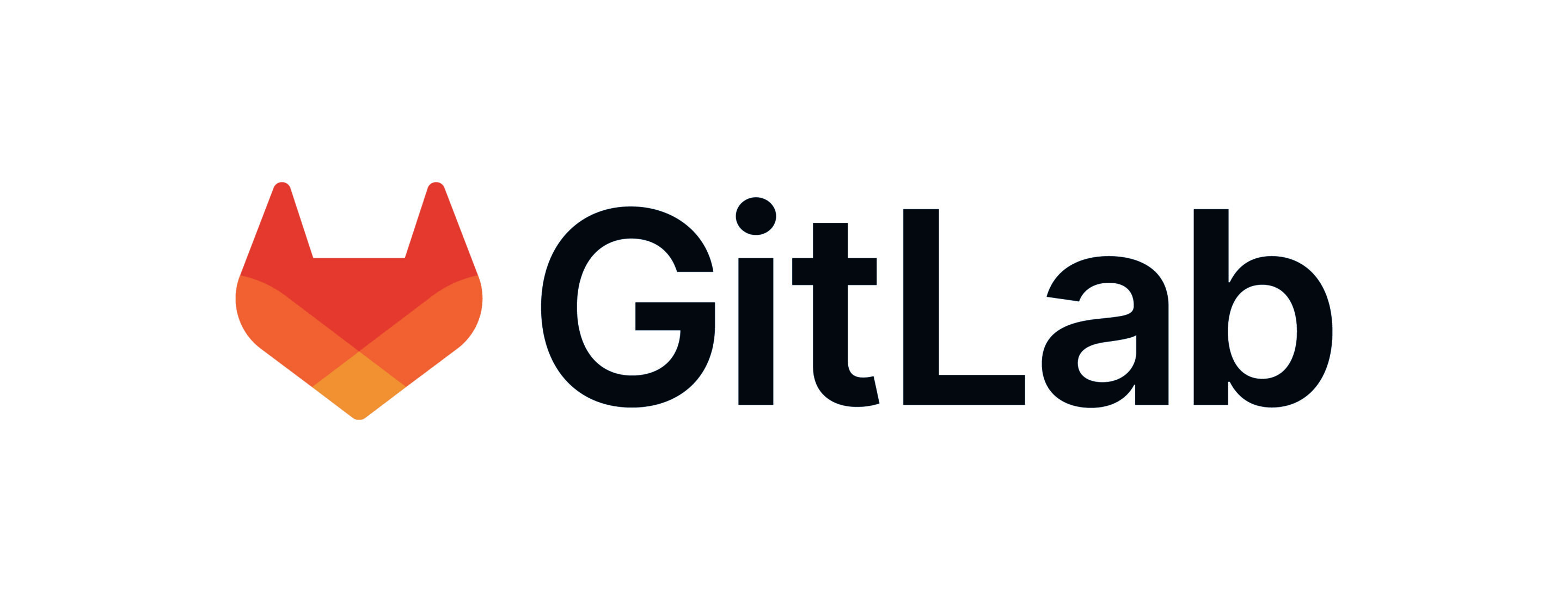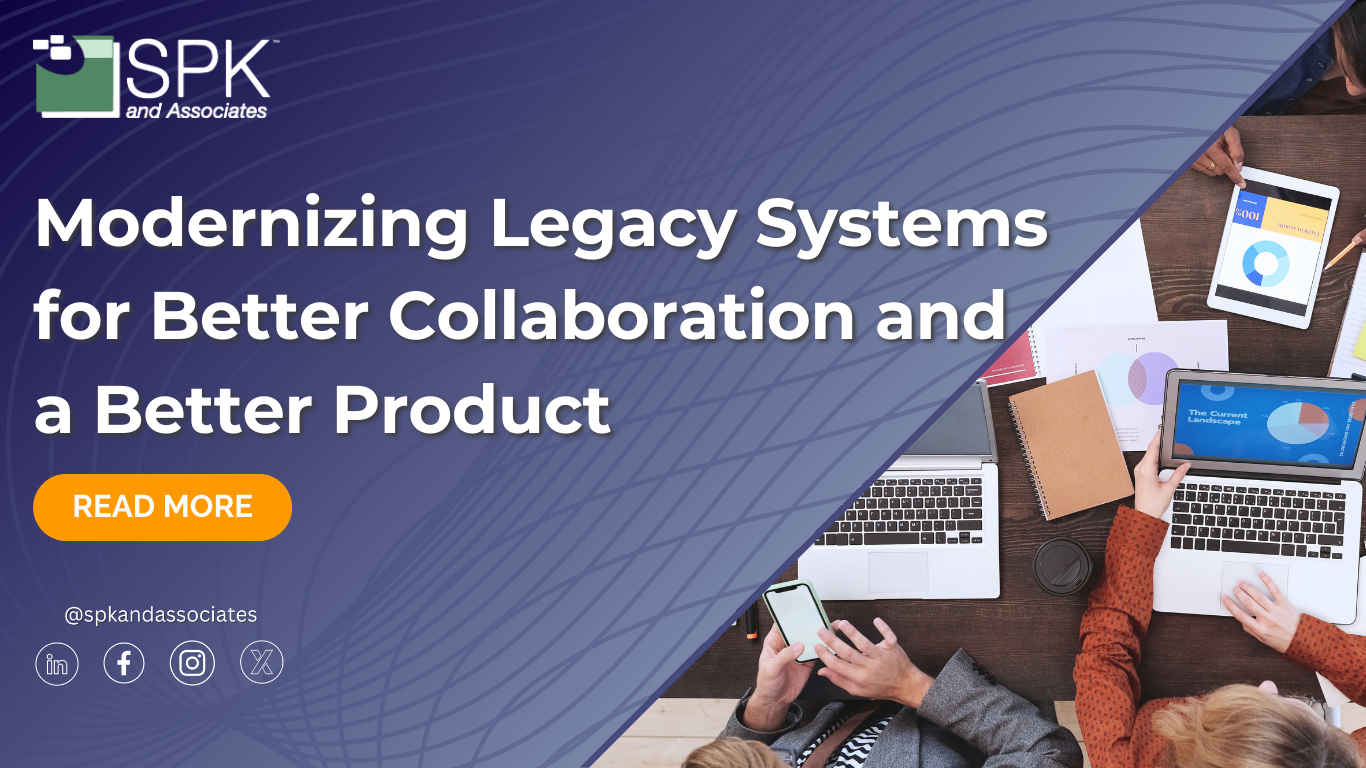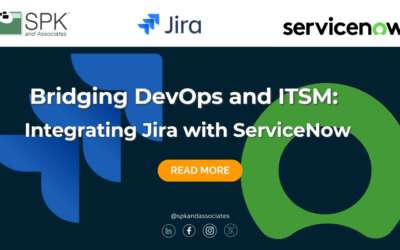The digital landscape is constantly changing, leaving businesses scrambling to adapt to new technologies and processes. Tools once used as the backbone for these businesses are now outdated. Legacy systems are a perfect example of this. Although they used to be considered the most powerful tools on the market, they can now hinder processes by driving up complexity. Modernizing legacy systems is a great way to enhance your team’s collaboration, and deliver substantial ROI. Let’s explore how updating legacy systems can help give your organization a competitive edge.
Drawbacks of Legacy Systems
If your business has not made modernizing your legacy systems a priority, it is most likely because it is still functional. While this may be true, an “if it ain’t broke, don’t fix it” mindset does not bode well in the world of technology. As new technologies emerge, businesses need to adapt, or they risk losing their market power. The three main drawbacks of legacy systems are the increased complexity, reduced agility, and security issues they can create.
Complexity
The intricate architectures of legacy systems complicate processes that could otherwise remain simple. These systems include a complex network of dependent components that can be challenging to manage. As organizations grow, so do the demands on these systems. These demands lead to complexity that complicates routine tasks like onboarding new employees or integrating new technologies.
Adaptability
Legacy systems have rigid structures and outdated processes. These slow down the ability to respond to market changes, customer demands, and competitive pressures. Furthermore, updating or modifying these systems requires extensive time and resources. This makes agility, adaptability, and speed difficult to achieve.
Security
In addition to outdated processes, legacy systems can also have outdated security measures, resulting in inadequate data protection. Modern data regulations are strict, and compliance with these is important. Some legacy systems fall short of these standards, often not including encryption capabilities. Furthermore, data is often kept in isolated silos within legacy systems. This fragmentation leads to issues sharing data across partners, customers, or suppliers.
Benefits of Modernizing Your Legacy Systems
The solution to all the possible issues that come with legacy systems is to update them. Fortunately, there are hundreds of modern tools on the market that have similar (and oftentimes better) capabilities. Let’s explore the benefits of switching to modern tools.
Increased Collaboration
A main issue we see with legacy systems is difficulty collaborating. Fortunately, many modern tools offer a unified platform and seamless digital thread for easy collaboration. For example, Windchill PLM’s platform allows teams to communicate in real time. Other SaaS tools such as Creo+ and Jira offer similar capabilities for CAD and project management.



Better Agility and Integration Capabilities
In addition to better collaboration, many new tools offer better agility. For example, PTC’s CAD software, Creo, offers integrated design processes, automation for repetitive tasks, and innovative approaches. These capabilities help teams adapt to the market, allowing them to bring products to market faster. Many modern tools from companies like PTC also have open systems. This allows for integration with tools from other companies, creating even more flexibility for your company to choose the right systems for your business needs.
Security and Compliance
Many modern tools eliminate the worry of not meeting regulatory standards. With tools like Codebeamer offering built-in compliance features, working in regulated industries becomes simple. New tools also offer better security. Tools like GitLab’s DevSecOps platform allow companies to continuously deploy software while keeping their workflows secure.


The ROI of Modernizing Legacy Systems
Although the benefits sound great, updating your legacy system is a big investment. At SPK, we want to ensure your company gets a substantial ROI. Here are the main ways modernizing your legacy system will benefit your business.
The first benefit of modern systems is they allow you to save money on costly maintenance. Your business will save money and time due to fewer disruptions. This leads to lower operational costs and higher productivity. Additionally, modern tools adapt faster to market changes with updates. This agility leads to a quicker time-to-market. Furthermore, your business will save even more time and money due to cybersecurity-related issues such as a data breach. Modern systems come with robust security features that prevent cyberattacks. Additionally, the increased collaboration these systems foster drives higher-quality results for your business. Finally, modern systems often provide data and analytics tools that offer insights. These insights help your business make better decisions, leading to sustained business growth.
Ready to Modernize your Legacy System?
Modernizing legacy systems is not just about keeping up with technology, but about positioning your organization for future success. Now that we have explored the many benefits of updating legacy systems to modern solutions, you can take the leap with confidence. At SPK, our experts understand modern tools and can help you on your modernization journey. Contact us today to unlock the potential of modern technology.









